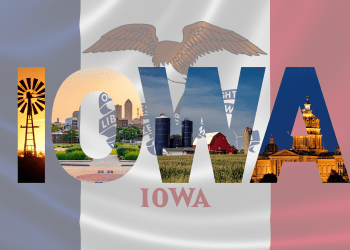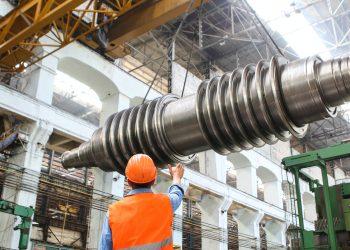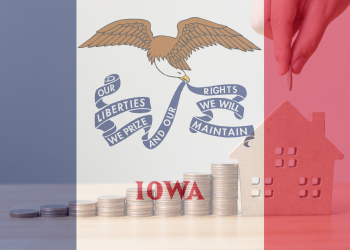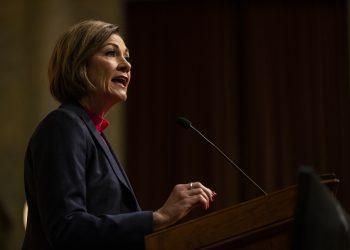The COVID-19 pandemic began in March 2020, yet the federal government took over a year to direct financial relief to municipalities across the country through the American Rescue Plan Act (ARPA). The pandemic hit local communities across Iowa hard, but our governments survived the pandemic with little lasting fiscal damage. Now Iowa’s cities and counties face the task of spending ARPA funds while also complying with the U.S. Treasury’s complicated guidelines.
The state’s largest eleven metropolitan cities received nearly $335 million, while counties took in $612 million and smaller governments received $216 million in payments. To discover how local governments were using these funds, Iowans for Tax Relief Foundation (ITRF) conducted a survey of select communities. Our intent was not only to report on what officials have done, but also to discern the long-term effects for taxpayers.
Elected officials have been presented with countless ideas about how to spend ARPA funds yet prioritizing the interests of the taxpayer should have been at the top of their minds. Thankfully, most communities across the state did not commit to future obligations while spending these funds, but instead put them toward one-time expenses and capital projects.
The largest spending category of ARPA funds was revenue replacement (41 percent), with Polk County posting the largest revenue loss followed by Council Bluffs and Cedar Rapids. Items Iowa’s local governments have listed under this category range from large capital or infrastructure projects, such as horse barn construction at the fairgrounds, fire station renovations, and building a Justice Center, to everyday items such as office chairs, software upgrades, playgrounds, new signage, and alarm system upgrades. Of the communities surveyed, all claimed some revenue loss except Sioux City, Scott County, and Muscatine County.
The next largest expenditure category was infrastructure (30 percent). Cedar Falls spent millions on sewer and stormwater repairs and wastewater treatment. Sioux City obligated 94 percent of its $40 million on storm water, drinking water, and sewer projects. In some cases, local governments worked together: Linn County and Cedar Rapids obligated over $5 million each for flood control and water/sewer projects, while Cerro Gordo County invested in the City of Meservey’s wastewater well. Another major area of infrastructure investment was broadband or fiber Internet which was listed for Waterloo, Muscatine County, and Pottawattamie County.
The broad category of Negative economic impacts (13 percent) was the third largest. Particularly prominent in this category are affordable housing and housing needs in general. Public health only accounted for 12 percent of the total spending and included things like COVID-19 signage and equipment for vaccine clinics, along with upgrades to emergency management operations.
While many of these expenditures are valid, many Iowans were hoping the aid would produce property tax reductions, and while the federal government would have permitted it, none of the communities obligated ARPA funds directly towards tax relief. Council Bluffs and Polk County went so far as to report erroneously that the funds could not be used for this purpose. That said, 10 of the 19 respondent communities reduced their property tax levies between fiscal year 2022 and 2023, while two left their levy rates the same. Blackhawk County saw the largest property tax savings with a levy reduction of 54 cents while Sioux City saw the largest increase at 97 cents.
There is no doubt many local governments experienced negative financial effects from the pandemic; however, assistance given nearly 18 months after the onset was arguably too late to do much good. Sixty-eight Iowa communities refused the ARPA dollars altogether while 85 percent of the rescue funds allocated to the local governments we surveyed remains unspent.
The data from our Iowa-specific survey implies the pandemic did not destroy local governments as badly as news reports had portrayed. In fact, even now, when our lives are practically back to normal, the federal government is scheduled to send more money to local governments this fall, which will only further contribute to the country’s rising inflation.
You can read more details about this survey here.
















